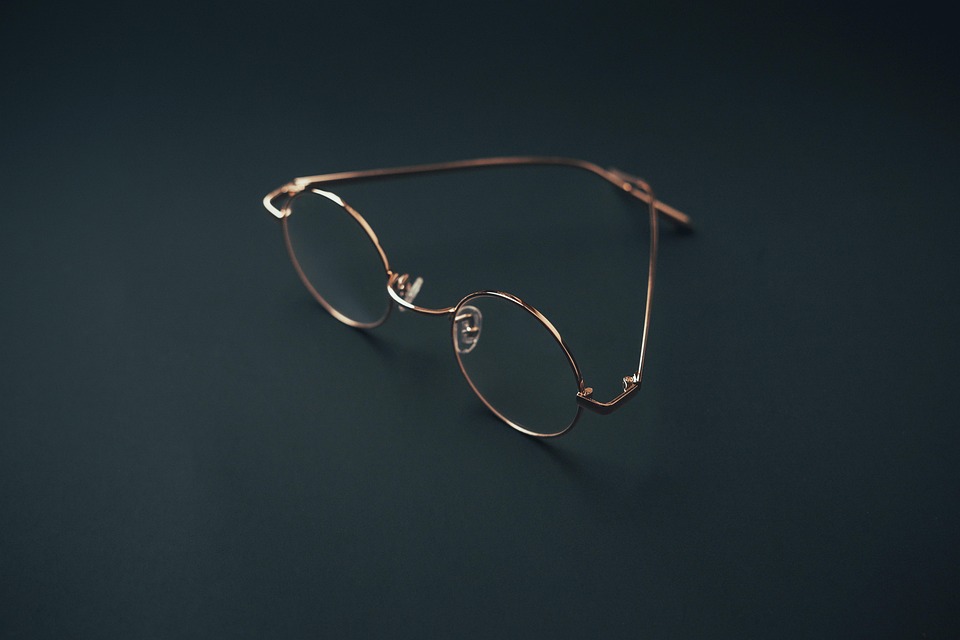In a world increasingly shaped by technology, the emergence of wearable devices has marked a significant paradigm shift in health monitoring. From fitness trackers to smartwatches, these gadgets have transcended their initial purpose of simply tracking steps or heart rates. Today, they serve as comprehensive health assistants that offer real-time data, personalized insights, and proactive health management. Let’s explore how wearables are revolutionizing health monitoring and what the future holds.
The Rise of Wearable Technology
Wearable technology has seen exponential growth over the past decade. Once the realm of fitness enthusiasts, devices like the Fitbit and Apple Watch have now found their place within the daily lives of millions. Reports indicate that the global wearable technology market is expected to reach over $100 billion by 2026, driven by increasing concerns for health and wellness, aging populations, and advancements in sensor technology.
Advanced Health Metrics
Today’s wearables collect a staggering array of health metrics, going far beyond mere step counting. Users can monitor heart rate variability (HRV), blood oxygen levels, ECG readings, sleep cycles, and even stress levels. These metrics provide a deeper understanding of overall wellness, allowing individuals to make informed lifestyle adjustments.
For example, continuous heart rate monitoring can help detect arrhythmias, while sleep tracking can aid in diagnosing sleep disorders. As we integrate artificial intelligence (AI) into these devices, predictive algorithms can analyze trends and identify potential health issues before they become serious.
Personalized Health Insights
One of the most exciting aspects of wearables is the personalization they can provide. These devices don’t just present raw data; they analyze it and offer insights that cater to individual health profiles. Smartwatches increasingly incorporate AI to learn user habits over time, suggesting tailored recommendations for diet, exercise, and sleep schedules.
Moreover, wearables are integrating with telehealth services, allowing users to share data seamlessly with healthcare providers. This collaboration fosters a proactive approach to healthcare, enabling providers to make evidence-based decisions tailored to individual patients.
Early Detection and Intervention
The potential for early detection and intervention represents one of the most transformative benefits of wearables. By analyzing continuous streams of health data, these devices can alert users to concerning trends that may require medical attention. For instance, an irregular heartbeat detected by an Apple Watch can lead to timely medical intervention, potentially saving lives.
Additionally, wearables are playing a critical role in chronic disease management. Patients with conditions like diabetes or hypertension can use specialized wearables to track their health metrics and receive alerts when values fluctuate beyond safe ranges.
The Role of Data Privacy
While the advantages of wearables are significant, they come with challenges, particularly concerning data privacy. Consumers must understand how their health data is stored, shared, and used. Companies must prioritize transparency and security measures to protect sensitive information. Regulatory measures are also needed to ensure users have control over their health data.
The Future Ahead
Looking forward, the potential of wearable technology in health monitoring is boundless. Innovations in materials science, battery life, and sensor accuracy will likely lead to even more sophisticated devices. We can expect wearables to incorporate more advanced features, such as non-invasive glucose monitoring or real-time stress management techniques.
Moreover, as the Internet of Things (IoT) evolves, wearables will increasingly integrate with smart home devices. Imagine a smartwatch that not only tracks your health metrics but also adjusts your home’s lighting or temperature to create optimal sleeping conditions based on your tracked sleep patterns.
Conclusion
Wearable technology is not just a trend; it is a powerful transformation in how we approach health monitoring. By providing real-time data, personalized insights, and proactive health management strategies, these devices empower individuals to take control of their health like never before. As we continue to innovate and address privacy concerns, wearables will play an increasingly vital role in the future of healthcare, paving the way for healthier lives on a global scale. The future truly is on our wrists.



